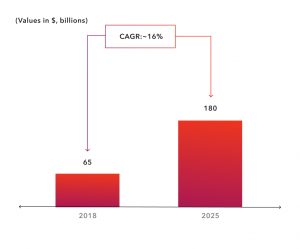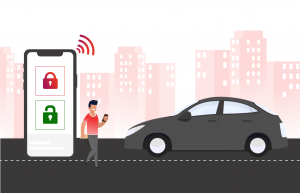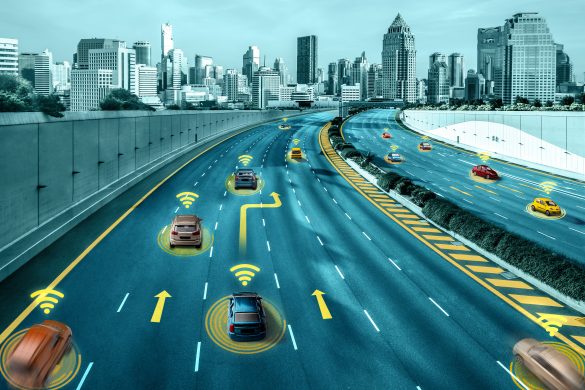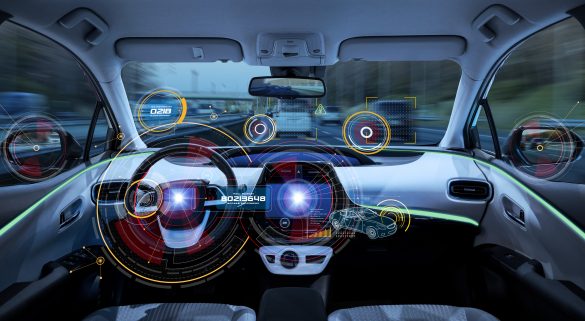The Shared mobility refers to the usage of a fleet vehicle collectively by fleet owners for transportation without owning it. Some of the vehicles used for shared mobility include cars, vans, e-bikes, motorcycles, and scooters. Shared mobility offers economic efficiency over car ownership. Connected car fleets will allow OEMs to provide drivers and fleet owners seamless mobility service, that will contribute to a an overall sustainable society. 
Increase in the Rise of New Business Models
Shared mobility is expected to generate three business models. Some organizations have already started working on these business models, while others are still under investigation. The three key models, which are expected to emerge globally are:
- Purpose-built vehicles for fleet mobility on demand are expected to gain popularity.
A new emerging market segment, which business organizations across the automotive ecosystem are looking into, is purpose-built vehicles. This is gaining popularity, as the cost of a conventional vehicle is costlier than vehicles used solely for ride-sharing and shared driving purposes. According to industry experts, the cost of purpose-built vehicles can be even 25% lesser than the conventional ones.
- Vehicle-as-a-fleet service is likely to be more prominent.
This is another business model that is expected to be increasingly provided by OEMs once purpose-built vehicles are a reality. In this model, there is an increasing demand of vehicle-as-a-service to shared mobility service providers to provide shared driving services. Some of the services include insurance, leasing, repair and maintenance, financing, and operation of the mobility service provider’s fleet vehicle. This model has given rise to new pricing models like ‘fixed-weekly’ or ‘fixed-monthly’ subscriptions based on the number of days/months the vehicles are used. In addition, there is also an option for ‘pay-per-km’, where the commuters can pay based on the number of kilometers traveled by the vehicle.
- Contract manufacturing may pick up and speed up the pace.
The mobility service providers are expected to collaborate with contract vehicle manufacturers and build their own custom-made vehicles for ride-hailing or shared driving services. In this case, the mobility service providers may have their own branded vehicle fleet services. These new fleet business models are expected to shape-up based on the defined customer preferences, regulations, and technological advancements across key economies worldwide.

Tangerine’s Car Sharing
It is not only important to manage the fleet but you must also increase your vehicle’s security by disabling it in the event of theft or misuse with just a click of the button. Tangerine offers you a complete integrated solution to safely restrict your vehicle from starting again before it gets out of the reach. Increase your vehicle’s security by disabling it in the event of theft or misuse with just a click of the button. Safely restrict your vehicle from starting again before it gets out of reach incase of an authorized access. Immobilization takes place when the vehicle is still and the ignition is off. Live tracking of the vehicle along with immobilization aids in quickly recovering your car in case of theft.
Final Words
The reality is that as cars become more connected for shared driving, they become a new attack surface that can be targeted by cyber-criminals. You might see how attackers are creative and opportunistic in accessing data. If there is a vulnerability to be exploited or weakness to be found in connected mobility platforms, the hackers will target it, especially if there is any profit to be gained. Connected vehicles will be constantly receiving and sending data. And while it might be difficult for us to imagine how this data could be interpreted, adversaries have proven that they can monetize and leverage fleet data in a variety of ways. Hence, more and more fleet owners across the globe are convinced with the concept of shared mobility. The automotive industry is undergoing massive digital transformation. By 2030, there will be cars that will be more connected, autonomous, shared, and electric.





